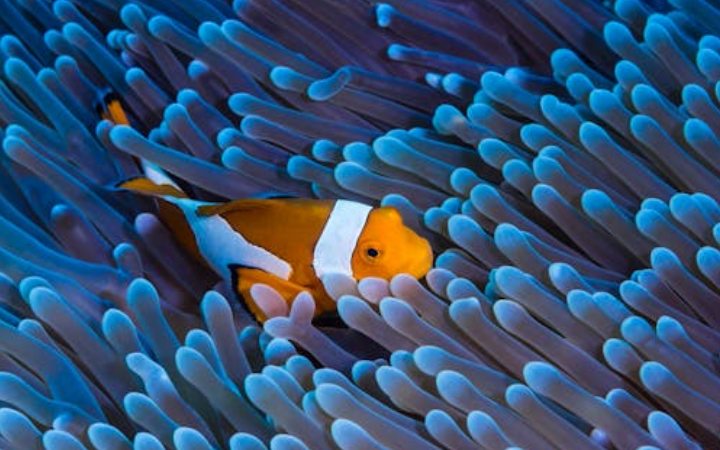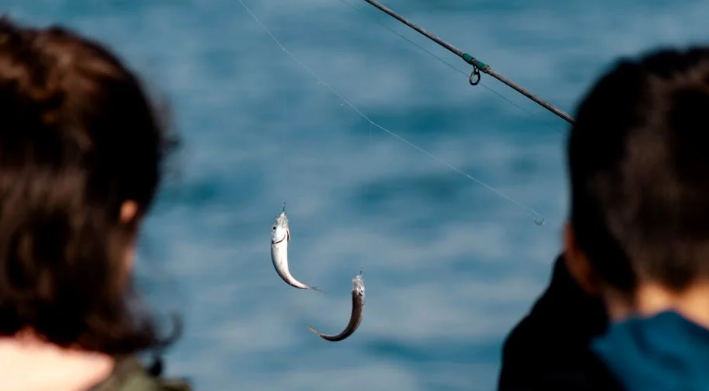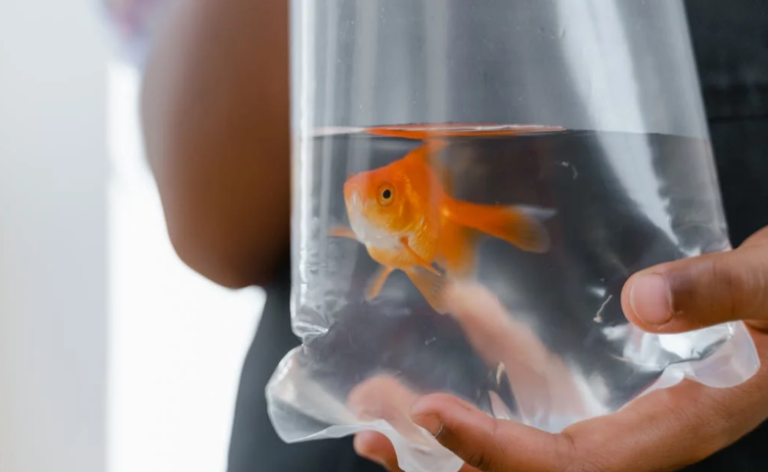Lily pads are beautiful aquatic plants that float on the surface of ponds and lakes. They provide shade, shelter, and a habitat for fish and other wildlife. However, when lily pads grow too much, they can cover the water’s surface and cause problems for the ecosystem. If you have a pond or lake and want to control lily pads without harming fish, there are safe and effective ways to do this. This article will guide you on how to kill lily pads without harming fish.

What is Lily Pads?
Lily pads are part of a group of plants known as aquatic vegetation. They have large, round leaves that float on the water’s surface, and they often produce beautiful flowers. While lily pads can be attractive, they can also take over a pond if left unchecked.
Why Control Lily Pads?
- Block Sunlight: Lily pads can block sunlight from reaching the water below. This can prevent other aquatic plants from growing and affect the oxygen levels in the water.
- Limit Oxygen: At night, lily pads consume oxygen, which can lower the oxygen levels in the water and harm fish.
- Algae Growth: The shade from lily pads can promote the growth of algae, which can turn the water green and unhealthy.
Safe Methods to Remove Lily Pads
Before you start removing lily pads, it’s important to choose methods that won’t harm the fish or the ecosystem. Here are some safe and effective ways:
1. Manual Removal
Manual removal is a simple and natural way to control lily pads. It involves physically removing the plants from the water.
How to Do It:
- Use a Rake or Cutter: Use a pond rake or aquatic weed cutter to cut and remove the lily pads. Be gentle to avoid disturbing the fish.
- Remove the Roots: Try to remove as much of the root system as possible. If the roots are left behind, the lily pads can grow back.
- Repeat Regularly: Manual removal is not a one-time task. You may need to repeat it regularly to keep the lily pads under control.
Benefits:
- Eco-Friendly: This method does not involve chemicals, so it is safe for fish and other wildlife.
- Immediate Results: You can see the results immediately as you remove the plants.
Drawbacks:
- Labor-Intensive: This method can be time-consuming and requires effort.
- Temporary Solution: Lily pads can grow back, so regular maintenance is needed.
2. Barriers or Pond Liners
Using barriers or pond liners can help prevent lily pads from taking over your pond. This method works by covering the bottom of the pond to stop the lily pads from growing.
How to Do It:
- Install a Pond Liner: Place a pond liner or barrier at the bottom of the pond. This can prevent the roots of the lily pads from taking hold.
- Anchor the Liner: Make sure the liner is securely anchored to prevent it from moving.
Benefits:
- Long-Term Solution: This method can provide a long-term solution to control lily pads.
- No Chemicals: It is safe for fish and the environment as it does not involve chemicals.
Drawbacks:
- Initial Cost: The installation of barriers or liners can be expensive.
- Installation Effort: It requires effort to install the liner properly.
3. Natural Predators
Introducing natural predators can help control lily pads by eating them or their seeds.
How to Do It:
- Add Fish or Insects: Introduce fish or insects that feed on lily pads. Some species of fish, like grass carp, eat aquatic plants, including lily pads.
- Monitor the Ecosystem: Make sure the introduction of predators does not upset the balance of the ecosystem.
Benefits:
- Natural Solution: It uses the natural food chain to control the growth of lily pads.
- Low Maintenance: Once introduced, predators can control the lily pads with little ongoing effort.
Drawbacks:
- Ecosystem Balance: Introducing new species can affect the balance of the pond’s ecosystem.
- Limited Effectiveness: This method may not be effective for large infestations.
4. Biological Control Agents
Biological control agents are natural substances that can control lily pads without harming fish.
How to Do It:
- Use Safe Products: Choose products that are safe for fish and aquatic life. These might include certain types of bacteria or enzymes that target lily pads.
- Follow Instructions: Always follow the instructions carefully to avoid harming fish or other plants.
Benefits:
- Targeted Control: These agents can specifically target lily pads without affecting other plants or fish.
- Easy to Apply: They are usually easy to apply and manage.
Drawbacks:
- Cost: Biological control agents can be expensive.
- Specific Conditions: They may require specific water conditions to be effective.
Must Read:
How Long Can a Betta Fish Go Without Food?
Preventing Lily Pad Overgrowth
Prevention is key to keeping lily pads under control. Here are some tips to prevent overgrowth:
1. Regular Monitoring
Keep an eye on the growth of lily pads in your pond. Regular monitoring can help you catch and address overgrowth early.
How to Do It:
- Inspect Your Pond: Check your pond regularly for signs of lily pad growth.
- Take Action Early: If you notice lily pads starting to grow, take action before they become a problem.
Benefits:
- Proactive Control: Early action can prevent the need for more drastic measures.
- Better Ecosystem Health: Regular monitoring helps maintain a healthy pond ecosystem.
2. Manage Nutrient Levels
Lily pads thrive in nutrient-rich water. Managing the nutrient levels in your pond can help prevent overgrowth.
How to Do It:
- Reduce Fertilizer Runoff: Avoid using fertilizers near your pond, as runoff can add nutrients to the water.
- Add Aquatic Plants: Introduce other aquatic plants that can compete with lily pads for nutrients.
Benefits:
- Healthier Water: Managing nutrients helps maintain clean and healthy water.
- Balanced Ecosystem: Other aquatic plants can provide a balance and prevent lily pad dominance.
3. Aerate Your Pond
Aeration adds oxygen to the water and can help prevent lily pad overgrowth.
How to Do It:
- Install an Aerator: Use a pond aerator or fountain to increase oxygen levels in the water.
- Natural Aeration: Allow natural processes, like wind and rain, to help aerate the pond.
Benefits:
- Improved Water Quality: Aeration helps keep the water clear and healthy.
- Reduced Algae: It can also reduce algae growth, which competes with lily pads.
Conclusion
Lily pads can be both a beautiful and challenging part of a pond or lake. While they provide benefits to the ecosystem, they can also cause problems if they grow too much. Controlling lily pads without harming fish requires careful planning and the use of safe methods. Manual removal, barriers, natural predators, and biological control agents are all effective ways to manage lily pads. Preventive measures, such as regular monitoring, nutrient management, and aeration, can also help keep lily pads under control.
By using these methods, you can enjoy the beauty of lily pads in your pond or lake without worrying about harming the fish or the balance of the ecosystem. Always choose the method that best suits your pond’s needs and remember to maintain a healthy environment for all aquatic life.
Controlling lily pads can be a rewarding task that helps you maintain a beautiful and balanced pond. With the right approach, you can keep lily pads in check and enjoy the benefits of a healthy aquatic ecosystem.



